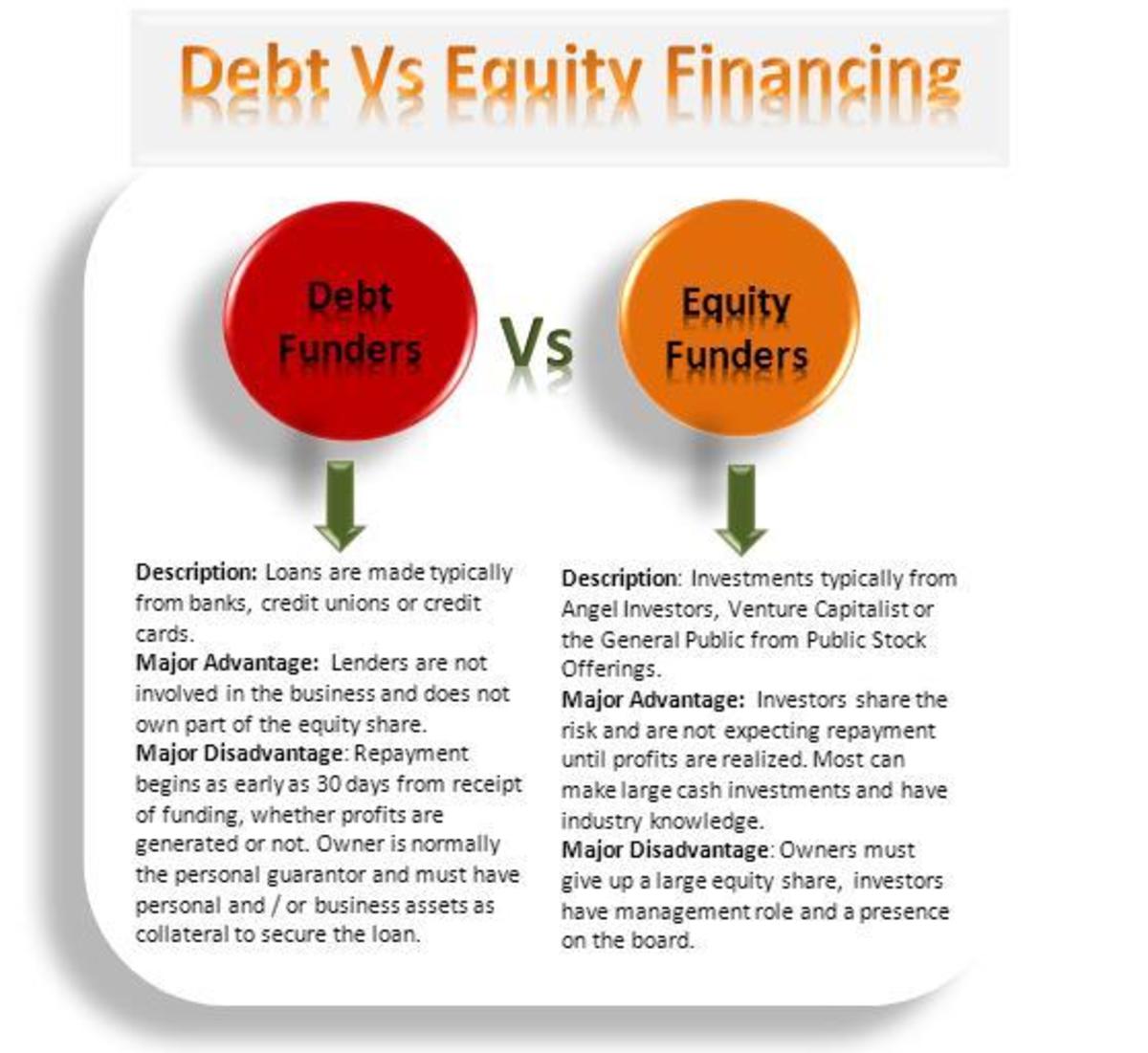Debt To Equity Ratio
The Debt to Equitiy ratio, abbreviated ad D/E, measures long term liabilities versus long term assets. These long term liabilities, that is loans tend to be higher in value than short term credites.
The Debt To Equity ratio is calculated as follows:
Debt/Equity Ratio =Total Liabilities/Shareholders' Equity
Companies usually use long term (over 10 year) loans for investment purposes, whereas short term credits usually finance any shortages in the cash flow of the company. The term “long term investments” usually mean such as, for instant, thebuilding of a new production plant, research and development of a new product, or the establishment of a subsidiary in a foreign country.
The shareholders equity is the sum of the initial investment of the founder(s) of the company and any profit plowed back in to the share capital of the company. There are strict rules concerning the minimum requirements of share capitals, across different industries. For example, banks have a higher share capital than a souvenir shop.
The debt to equity ratio, as its two components are both long term figures in nature, is a long term ratio. Since it is a long term ratio investors/analyst do not have to calculate it frequently. Unless the company pays back most, or all of its total liabilities in a lump sum, this figure is more or less similar to its last calculation (if that last calculation within one year period).
Disadvantages
This formula does not take into consideration the cash flow and the incomes that the company has. The fact that long term debts in relation to shareholder equity is at a certain level does not convey how easy it is for the company to repay its debt.
Lets say that the total shareholders’ equity of Company A is 10 million USD. The long term debt in the same date is, say, 20 million USD. Plugging the figures into the equation we get a debt to Equity ratio of 2 (20 mill/10 mill).
Obviously the higher this number is the worse, the company is higher leveraged (which means its more indebted). When its 1 that means that the company has the same amount of debt and shareholder equity. This means that the company is solvent, that is, the shareholders can pay back all the debt, although they themselves wouldn’t be left with any money. When the ratio is below 1, then the company has less debt than the total long term investments into it by the holders of its shares.
Advantages
The Debt to Equity ratio reflect relatively well the financial position of the company in terms of how leveraged it is on the long run.
Now that the basics of the formula was established, let us see a practical example on how the debt to equity ratio works.
It problematic to compare two companies in two different industries as there are sectors of the economy that require large upfront investments, for example online businesses require very little investments, but founding a new semiconductor manufacturing firm requires a minimum of 1 billion USD.








